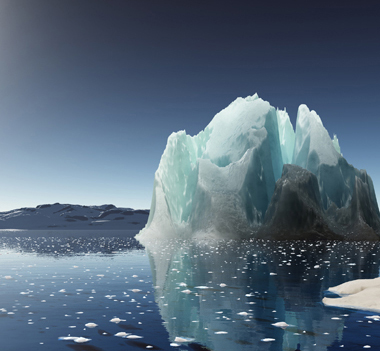Effects of Climate Change
Even small increases in Earth’s temperature caused by climate change can have severe effects. The earth’s average temperature has gone up 1.4° F over the past century and is expected to rise as much as 11.5° F over the next. That might not seem like a lot, but the average temperature during the last Ice Age was about 4º F lower than it is today.
Scientists use observations from the ground, air and space, along with theoretical models, to monitor and study past, present and future climate change. Climate data records provide evidence of climate change key indicators, such as global land and ocean temperature increases; rising sea levels; ice loss at Earth’s poles and in mountain glaciers; frequency and severity changes in extreme weather such as hurricanes, heatwaves, wildfires, droughts, floods and precipitation; and cloud and vegetation cover changes, to name but a few.

